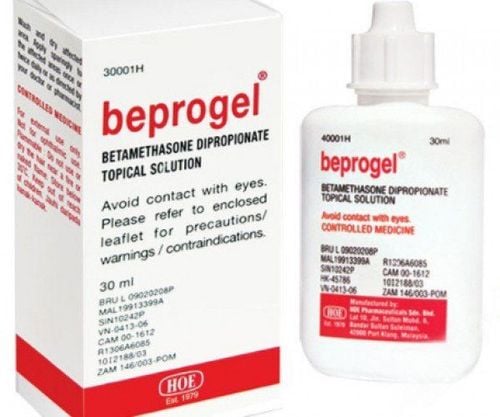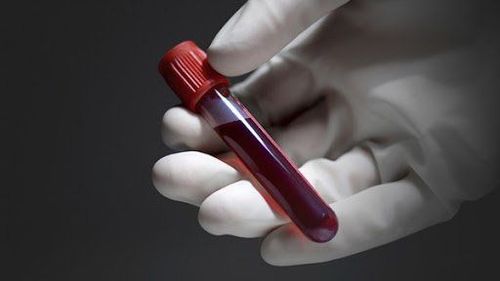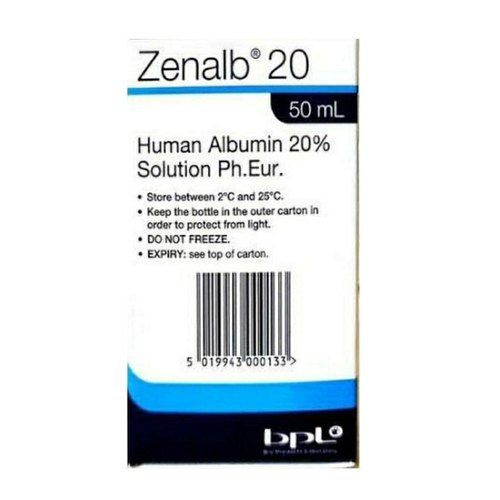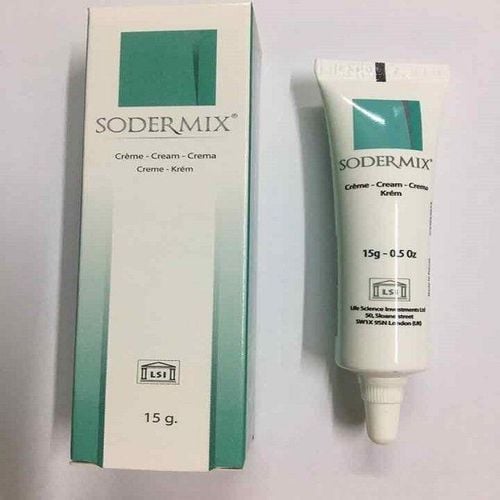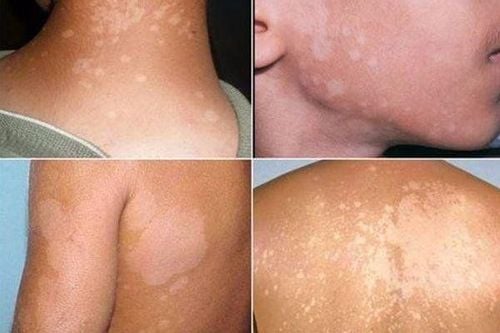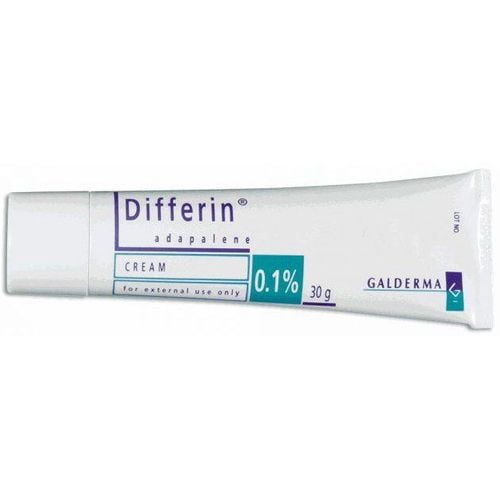This is an automatically translated article.
The article is professionally consulted by Master, Doctor Vu Huu Thang - Emergency Resuscitation Doctor - Emergency Resuscitation Department - Vinmec Ha Long International General Hospital. The doctor has nearly 10 years of experience in Emergency Resuscitation.Most burn injuries heal over time. However, severe burns, if not treated in time, can leave many cosmetic, psychological or dangerous complications.
1. Causes of burns
Burn is a type of necrotic injury, caused by many causes such as heat, electricity, chemicals,... Burns caused by activities: accounting for 65% of burns. In which, the number of burns due to occupational accidents is about 10%, the rest due to traffic accidents, treatment, natural disasters,...The main causes of burns include:
Wet heat: water boiling, hot food with a temperature of 50 - 100oC, fat and fat boiling hot at 180oC, high pressure steam,... Dry heat: fire burns, alcohol gasoline burns, hot metal burns,... Electricity: sparks electricity or high voltage current, lightning, ... cause burns. Chemical: burns caused by contact with oxidizing agents, corrosive substances, deoxidizers, alkalis,... Radiation: burns when affected by infrared rays, ultraviolet rays, radioactive rays, .. .
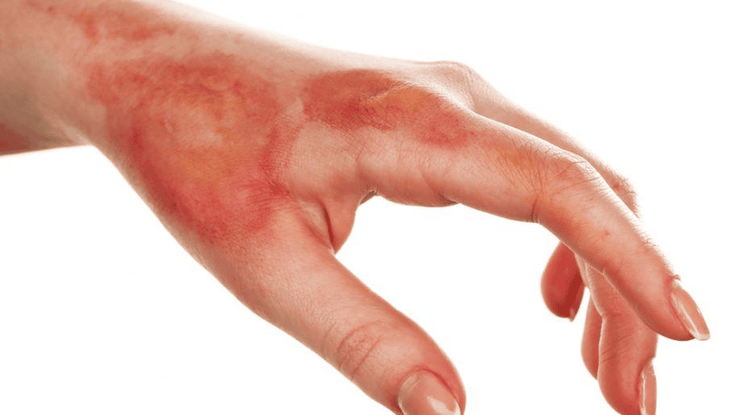
2. Degrees of burn injury
There are 4 degrees of burn damage as follows:1st degree burns This type of burn causes the smallest skin damage. First-degree burns are also known as superficial burns because they affect only the outermost layer of the skin with signs of redness, swelling, pain, dryness, and peeling (occurring while the burn is healing). First-degree burns usually heal in 3 to 6 days.
2nd degree burns are more serious than 1st degree burns because the damage has spread to the lower layer of skin. Second-degree burns are characterized by blistering, red, and swollen skin. Some blisters may open, leaving the burn wet.
Therefore, when suffering from a second degree burn, the patient needs to be bandaged to avoid infection and help the burn heal faster. Usually, second-degree burns will heal in about 2-3 weeks. So how many burns need a skin graft? Often, a second degree burn can be used with a skin transplant to help the skin heal faster.
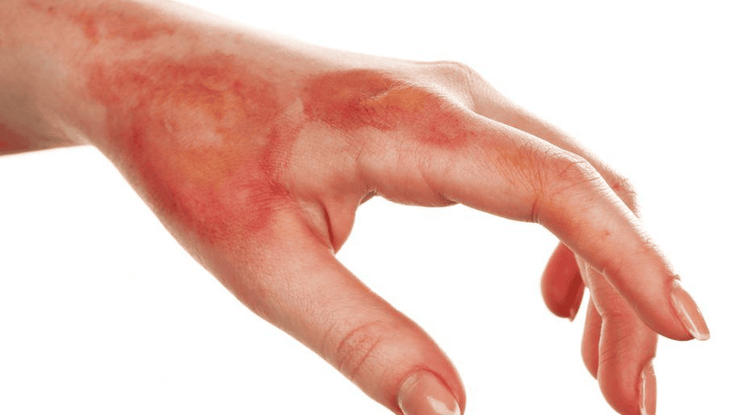
4th degree burns The damage of 3rd degree burns spreads below the skin, spreading to tendons and bones.
Trắc nghiệm: Bận rộn có ảnh hưởng đến sức khỏe của bạn không?
Cuộc sống hiện đại khiến chúng ta vì quá bận rộn mà quên chăm sóc sức khỏe cho chính mình. Ai cũng biết rằng lịch trình làm việc cả ngày có thể khiến bạn kiệt sức, nhưng cụ thể bận rộn ảnh hưởng thế nào tới sức khỏe? Hãy cùng làm thử bài trắc nghiệm dưới đây.
3. The sequelae of burns
All degrees of burns increase the risk of infection because bacteria can get into open skin. Sepsis can occur in the most severe cases, which can lead to shock and death.The most common post-burn sequelae are hypertrophic scars, concave scars, keloid scars and stretch marks. In addition, some burns also cause sequelae of adhesions, malnourished ulcers or cancer on the scar background,... The severity of the burn sequelae depends on the depth and location of the burn and the method of treatment. treatment.
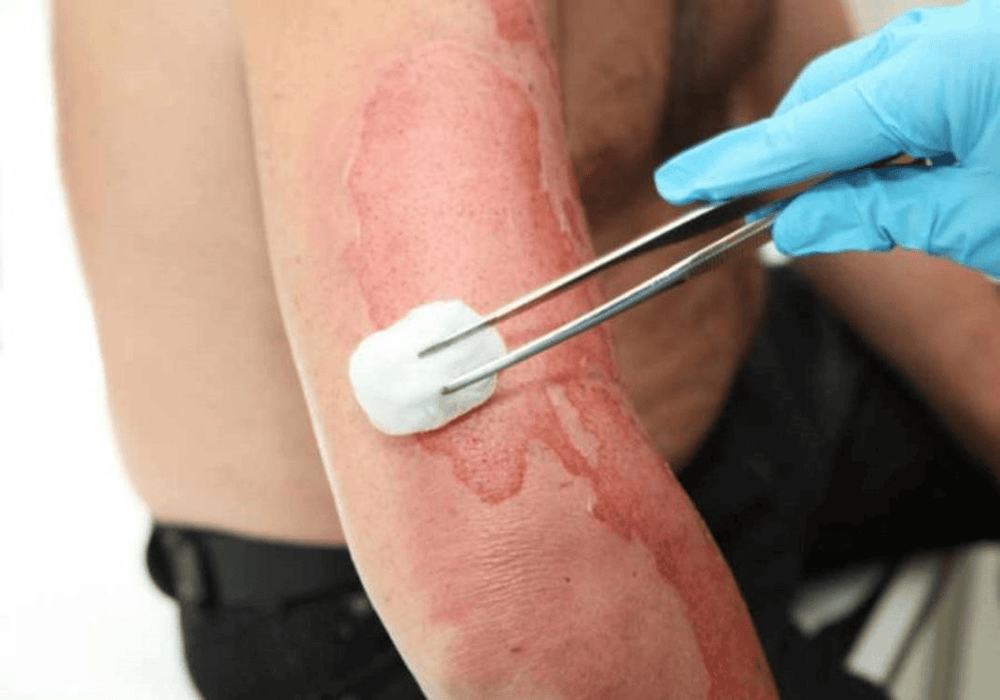
In addition to health problems, the consequences of burns are also aesthetic factors and can cause psychological damage to the patient.
4. Treatment of burn sequelae
Treatment of sequelae of burns aims to improve the patient's health, restore function, bodybuilding and aesthetics, and contribute to improving the patient's quality of life.4.1 Methods of treating sequelae after burns Using drugs: corticosteroids injected into the scars, antihistamines, methotrexate, penicillamine, colchicin, hirudoid, madecassol, ... applied topically.
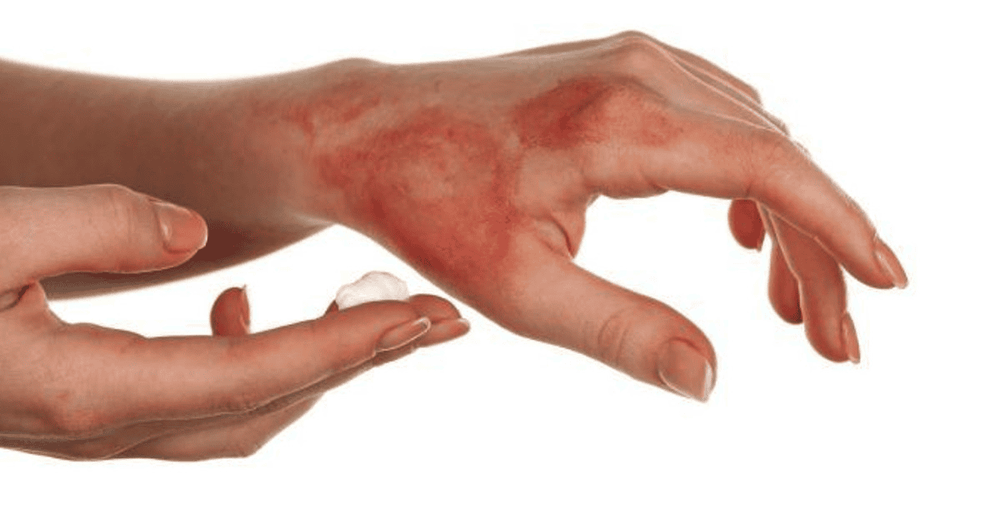
4.2 Rehabilitation for burn patients The treating doctors will examine and define physical therapy and rehabilitation treatment plans for burn patients from admission to discharge. In addition, after discharge from the hospital, burn patients also need to exercise according to a certain program to combat the sequelae caused by burn scars.
Besides, the psychological treatment for burn patients should also be given due attention. After being discharged from the hospital, patients also often have confidence in their body, are afraid of contact, and have difficulty reintegrating into the community. At this time, the patient needs timely advice and help to remove communication barriers.
5. How to prevent burns
Burns of severe or mild degree leave many sequelae. Therefore, everyone needs to be proactive in preventing burns by following these guidelines:Have a fire extinguisher at home and near cooking areas. Do not leave children and the elderly near areas prone to burns such as stoves, electrical panels,... Check hot water temperature when drinking, bathing, washing hands,... Wear gloves and masks when chemical use. Use sunscreen to protect the skin when going out, avoid burns by ultraviolet rays on hot days. The design of houses, schools, offices, etc. needs to have emergency exits to promptly escape when there is a fire incident.
Please dial HOTLINE for more information or register for an appointment HERE. Download MyVinmec app to make appointments faster and to manage your bookings easily.





